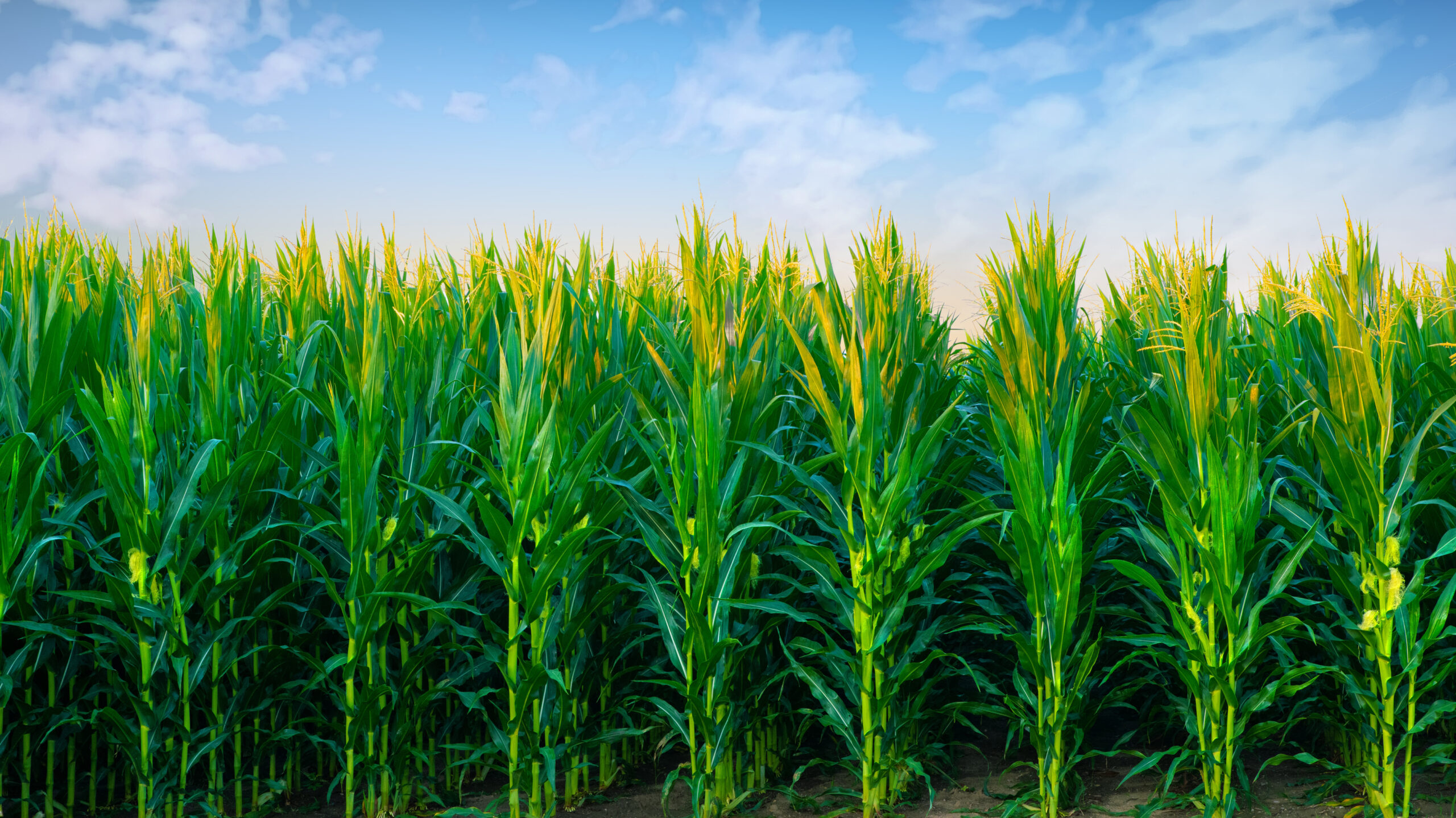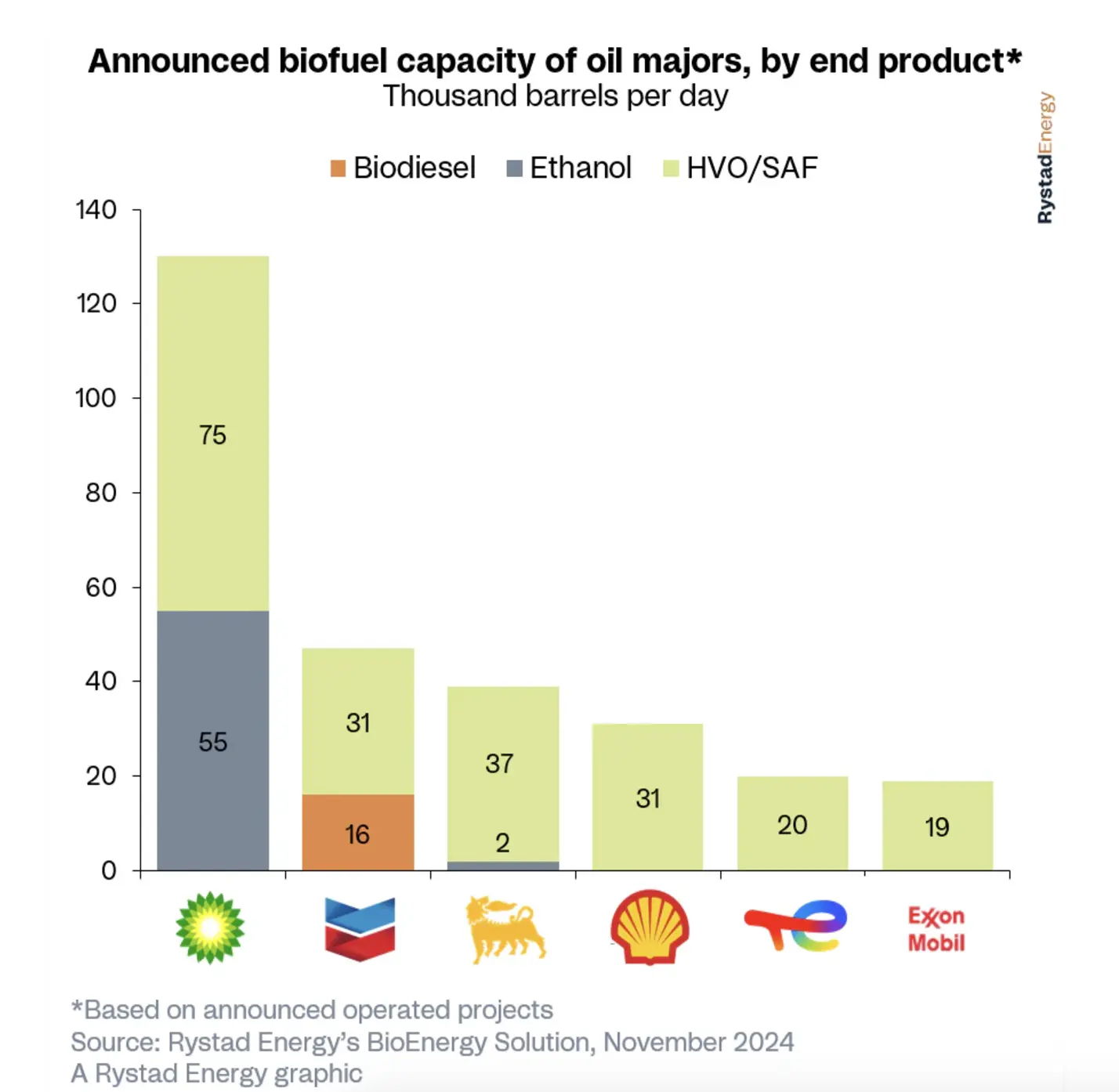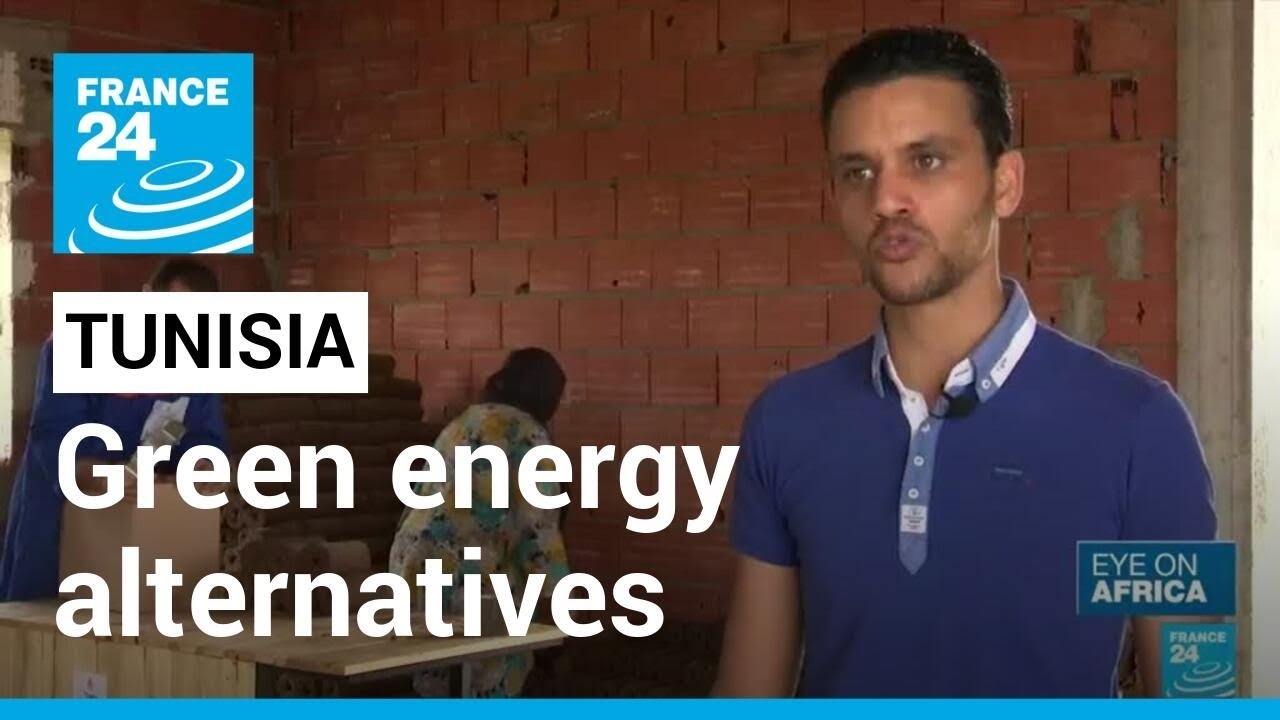
A new amicus brief from the nation’s top lifecycle scientists debunks biofuel myths and offers powerful support for Growth Energy’s long-running legal campaign to protect the Renewable Fuel Standard (RFS).
At issue is a case before the U.S. Court of Appeals for the District of Columbia Circuit, Center for Biological Diversity (CBD) v. EPA et al. (Case No. 23-1177).
The new brief responds directly to claims by biofuel opponents that “demand for corn ethanol as a transportation fuel will result in ‘converting’ millions of acres of natural grasslands and wetlands to cropland,” thereby increasing emissions and harming wildlife.
These aren’t new claims, by any means – fossil fuel companies have been perpetuating the same biofuel myths for decades. But the weight of scientific evidence supporting biofuel production has never been stronger, and the latest brief from American experts on agriculture, biomass, and GHG lifecycle analyses pushes back directly on the most egregious examples of “outdated, flawed, and disproven research.” High on that list are reports from Tyler Lark of the Nelson Institute for Environmental Studies, which “are an outlier and do not align with modern scientific understandings.”
So why are biofuel critics so off base?
According to the scientists’ amicus brief, “When the RFS was first adopted in 2007, some analysts predicted its targets for producing ethanol in the United States would generate major land-use changes and that emissions associated with the conversion of ‘natural land’ to ‘cropland’ would result in higher GHG emissions than gasoline… Experts in the field of biomass and agricultural economics have demonstrated that much of the outlier research was based on flawed assumptions and methods related to land use.”
They add, “One of the flaws in outlier studies examining effects of biofuel production on land was that the studies considered only a short period of time, or were limited to simple two-point comparisons that can distort actual trends, and assumed that increases in biofuel production relied on ‘land conversion,’ i.e., bringing new lands into production that were not previously used as cropland. In part, this was because researchers relied on moderate resolution satellite imagery to inform their analysis of land use. It is now known, however, that satellite imagery at the resolution used in those studies failed to accurately distinguish between land that has never been tilled and cropland that was temporarily fallow.”
With the use of more sophisticated tools, researchers have now determined that, “contrary to prior conclusions, much, if not all, land reported by Lark et al. as being ‘converted to crop’ between 2007 and 2019 was likely previously in crop, and therefore not ‘converted.’”
In short, they point out, “Land is not ‘converted’ for biofuel crop production… Farmland is privately owned, and farmers tend to plant crops on land under active cultivation, or in rotation with land previously tilled for annual crops, not through the ‘conversion’ of native prairie grasslands or forests, as outlier research assumed… Neither biofuel production nor the RFS has been scientifically linked to the conversion of ‘natural’ lands, such as native prairies, forests, and wetlands, to crop production.”
Indeed, they conclude, “In research examining farmland over a 36-year period, only 1.8 percent of the 1,000 land parcels outlier researchers described as ‘converted’ appeared to fall into the category of untilled grassland, while 98.2 percent was in agriculture and toggled between crop and non-crop uses… For the small percentage of previously untilled lands described as ‘converted,’ there is no causal evidence linking the RFS or biofuels to any such change in use.”
With these and other findings, the court should toss this challenge to the RFS in the dustbin, where it belongs. With any luck, other stakeholders will recognize that when it comes to biofuel myths about ethanol’s environmental benefits, there is no longer any genuine debate.







